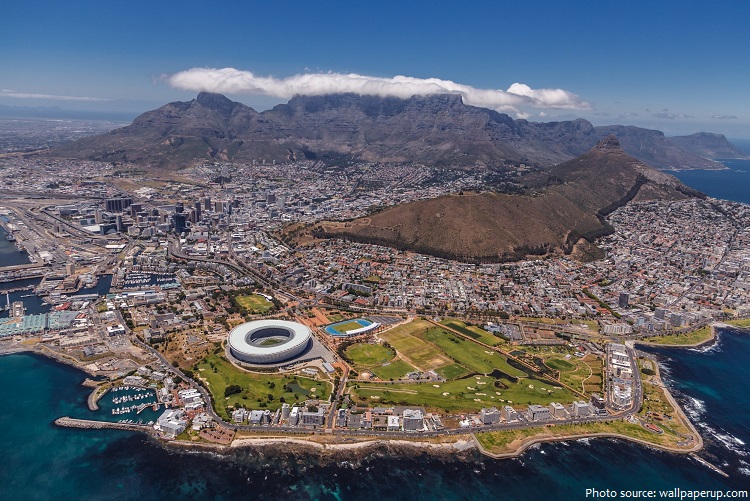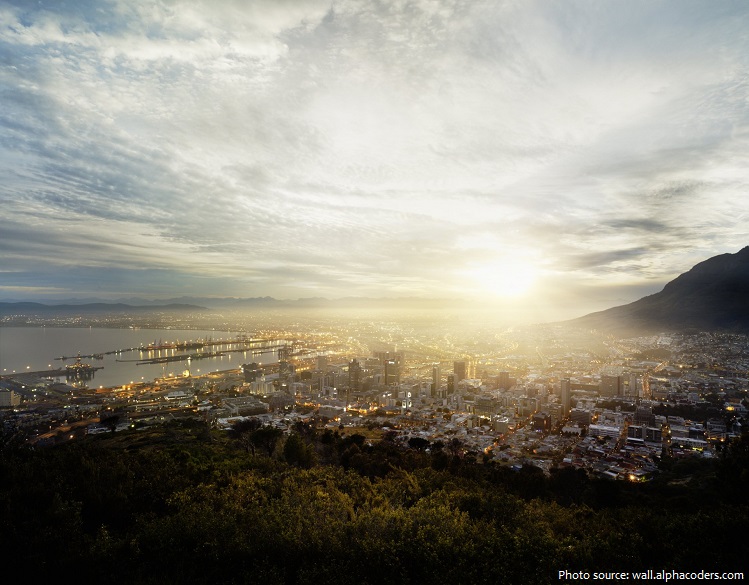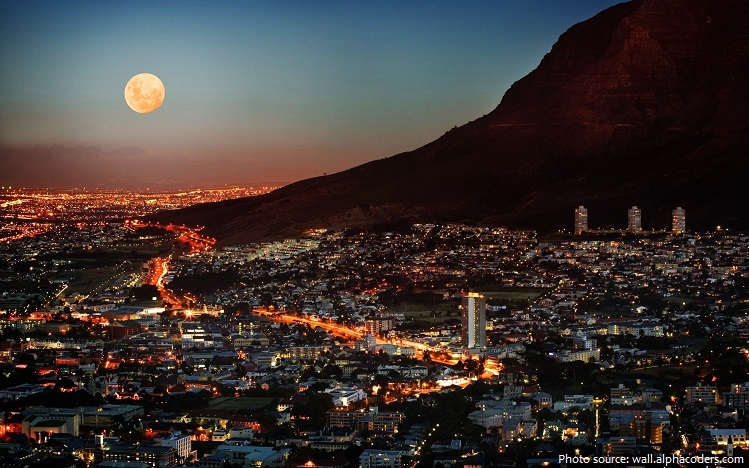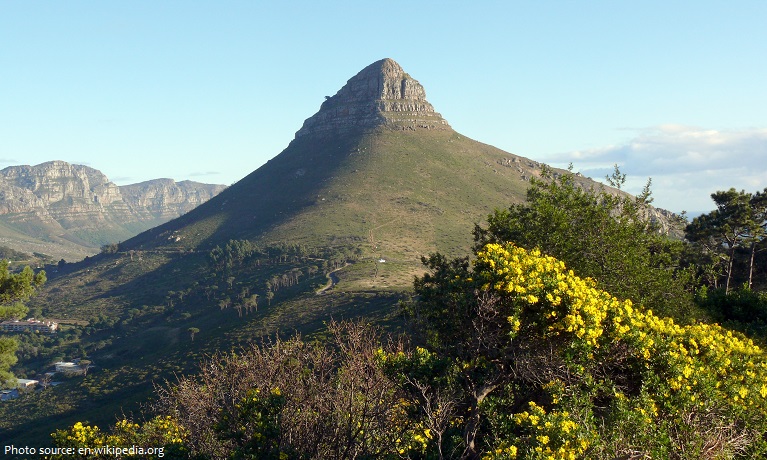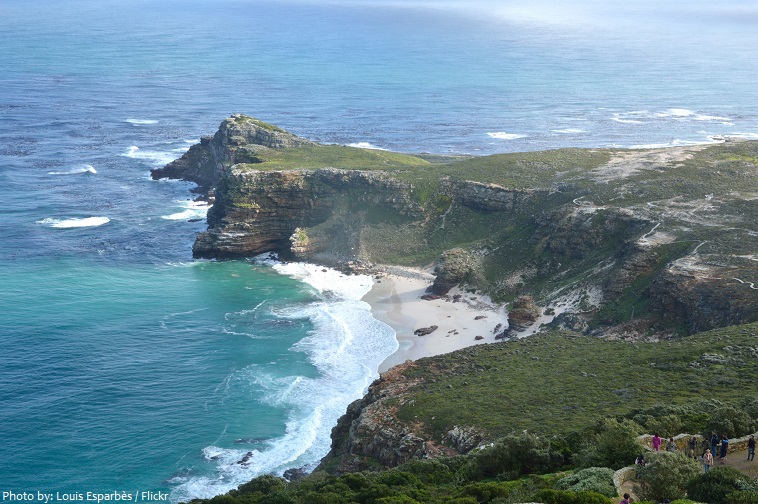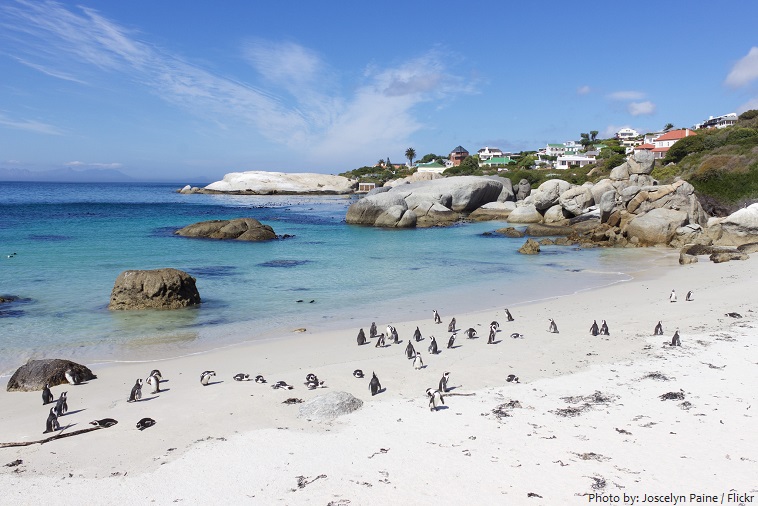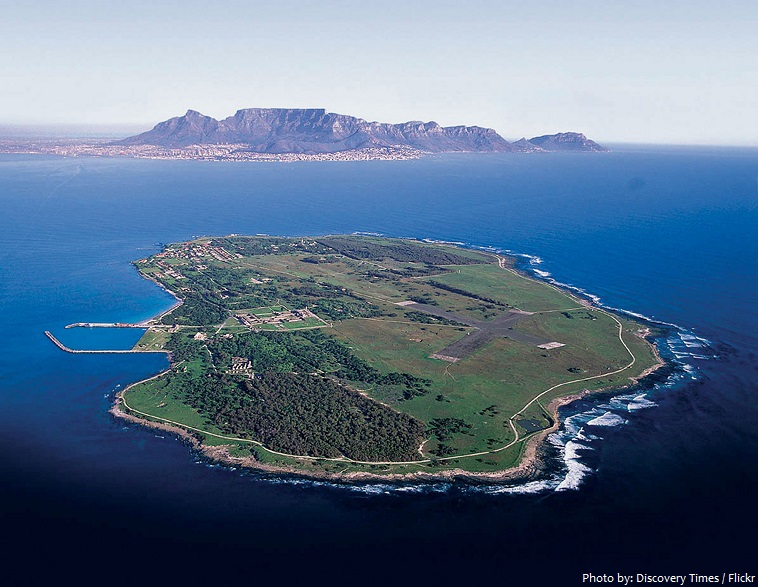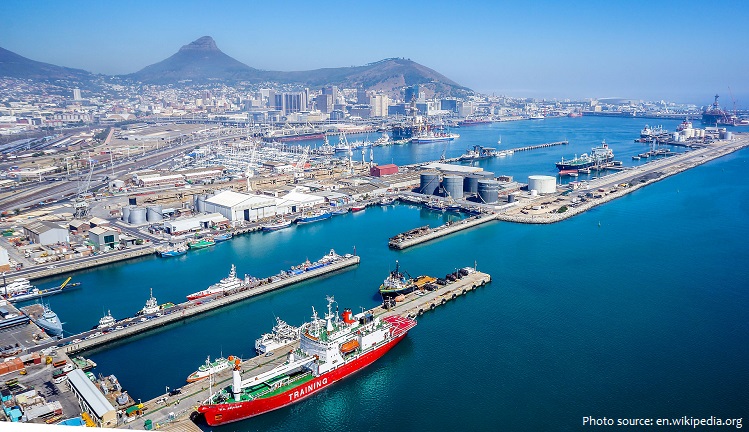Cape Town is a coastal city in South Africa.
It is a port city which occupies the southwestern most point of Africa beneath the imposing Table Mountain.
As of April 2018, the population of Cape Town is about 3.78 million people. It is the second-most populous urban area in South Africa after Johannesburg.
Cape Town has a total area of 400 square kilometers (155 square miles).
Because it was the site of the first European settlement in South Africa, Cape Town is known as the country’s “mother city.”
The city of Cape Town had its origin in 1652, when the Dutch East India Company established a refreshment station for its ships on the shores of Table Bay.
In 1781 the French established a garrison to help the Dutch defend the city against British attack, and the French presence influenced local architecture and culture.
British occupation in the 19th century brought new parliamentary and judicial concepts and freedom for the slaves.
The city is famous for its harbour, for its natural setting in the Cape Floristic Region, and for such well-known landmarks as Table Mountain and Cape Point. Because of its position along one of the world’s busiest trade routes it is one of the busiest ports in South Africa, handling the largest amount of fresh fruit and second only to Durban as a container port.
Table Mountain is a flat-topped mountain forming a prominent landmark overlooking the city of Cape Town. It is a significant tourist attraction, with many visitors using the cableway or hiking to the top. The mountain forms part of the Table Mountain National Park. Table Mountain is home to a large array of fauna and flora, most of which is endemic.
Lion’s Head is a mountain in Cape Town. Its peaks at 669 meters (2,195 ft) above sea level. The peak forms part of a dramatic backdrop to the city of Cape Town and is part of the Table Mountain National Park. The suburbs of the city surround the peak and Signal Hill on almost all sides, but strict management by city authorities has kept development of housing off the higher ground.
The Cape of Good Hope is a rocky headland on the Atlantic coast of the Cape Peninsula. A common misconception is that the Cape of Good Hope is the southern tip of Africa. This misconception was based on the misbelief that the Cape was the dividing point between the Atlantic and Indian Oceans. Contemporary geographic knowledge instead states the southernmost point of Africa is Cape Agulhas about 150 kilometres (90 mi) to the east-southeast.
Boulders Beach is a sheltered beach made up of inlets between granite boulders, from which the name originated. It is located in the Cape Peninsula, near Simon’s Town towards Cape Point, near Cape Town. It is a popular tourist stop because of a colony of African penguins which settled there in 1982. Boulders Beach forms part of the Table Mountain National Park.
Robben Island is an island in Table Bay, 6.9 kilometers (4.3 mi) west of the coast of Bloubergstrand, Cape Town. The name is Dutch for “seal island.” Robben Island is roughly oval in shape, 3.3 km (2.1 mi) long north-south, and 1.9 km (1.2 mi) wide, with an area of 5.08 square kilometers (1.96 square miles). Nobel Laureate and former President of South Africa Nelson Mandela was imprisoned there for 18 of the 27 years he served behind bars before the fall of apartheid. To date, three former inmates of Robben Island have gone on to become President of South Africa: Nelson Mandela, Kgalema Motlanthe, and former president Jacob Zuma.
The Port of Cape Town is the port of the city of Cape Town, South Africa. It is situated in Table Bay. Because of its position along one of the world’s busiest trade routes it is one of the busiest ports in South Africa, handling the largest amount of fresh fruit and second only to Durban as a container port. Because of the many tourist attractions offered by Cape Town and its surrounding region, many cruise ships also berth in the port.
Until the Witwatersrand Gold Rush in 1886 and the development of Johannesburg, Cape Town was the largest city in South Africa.
Cape Town has a warm Mediterranean climate with mild, moderately wet winters and dry, warm summers. Winter, which lasts from the beginning of June to the end of August, may see large cold fronts entering for limited periods from the Atlantic Ocean with significant precipitation and strong north-westerly winds.
42.4% of the population described themselves as “Coloured”, 15.7% as “White”, 38.6% as “Black African”, 1.4% as “Indian or Asian” and 1.9 as “Other.”
Cape Town has two kinds of taxis: metered taxis and minibus taxis.
